Our ongoing By the Numbers series takes a closer look at the numbers, facts, and data that impact workplace drug testing programs. This week, we examine one of the most frequently asked questions we receive as a laboratory: how long can drugs be detected using a drug test? The answer is not simple as you might think, because each drug test type has a different drug detection window.
In our industry, we call the time period from when a drug is taken to when there is no longer evidence of drug use in a specimen (i.e. the drug test is no longer positive) the drug detection window or detection time frame. The length of time a drug is detectable in the human body depends on factors such as the specific drug, usage patterns (e.g., dose and frequency), individual biological variability, and cutoff. For that reason, we provide general guidelines, or estimations, for the detection windows of the most trusted and prevalent workplace drug testing specimen types—urine, oral fluid, and hair.
- Urine drug testing is the most commonly used testing method. It detects recent or new drug use, typically in the previous one to three days. Urine testing is suitable for all testing reasons and detects the broadest variety of illicit and prescribed drugs (i.e., prescription drugs, for which their use or misuse could impact workplace safety).
- Oral fluid drug testing is the next most common screening method used by employers and detects recent drug use in the previous 24-48 hours (24-36 hours for THC). Unlike urine testing, oral fluid testing is primarily used to detect illicit drugs. Because collections are observed, it is drug test collection method that is very difficult for a donor to adulterate or substitute their specimen.
- Hair drug testing provides a much longer detection window, giving a more complete drug-use history that shows a pattern of repetitive use as far back as 90 days. Like oral fluid testing, hair testing offers the benefit of an observed collection which is not easily adulterated or substituted.
The specific goals of your workplace drug testing program and the duties of your employees determine if your organization screens for both very recent drug use and longer term patterns of repetitive use. When various test types are used in combination with each other, employers can deploy a more comprehensive screening of job applicants and employees for both very recent drug use and longer term patterns of repetitive use. Ultimately, this versatility adds effectiveness to the program because the employer selects what solutions match their distinct situations, specific needs, and reasons for testing.
Download our Guide to Establishing a Workplace Drug Testing Program.
To learn more about drug testing, visit our website.
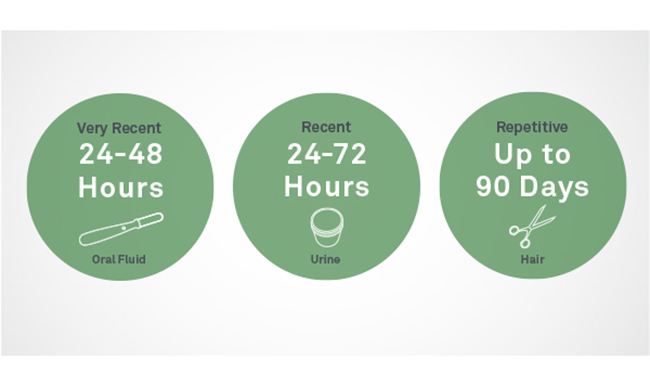
 Your Privacy Choices
|
Privacy Notices
|
Terms
|
Language Assistance / Non-Discrimination Notice | Asistencia de Idiomas / Aviso de no Discriminación | 語言協助 / 不䈚視通知
Your Privacy Choices
|
Privacy Notices
|
Terms
|
Language Assistance / Non-Discrimination Notice | Asistencia de Idiomas / Aviso de no Discriminación | 語言協助 / 不䈚視通知



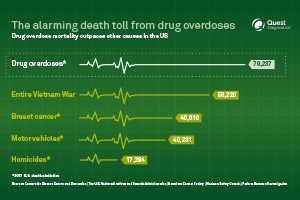






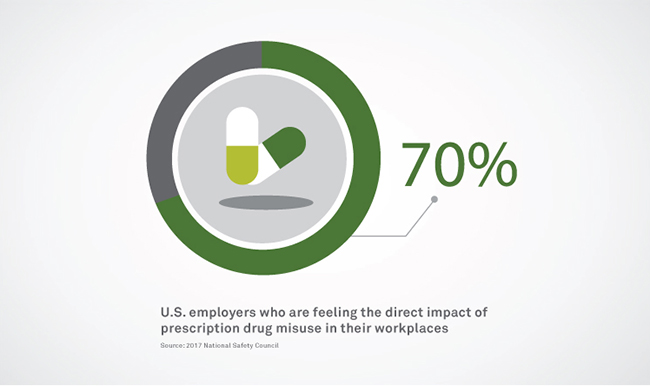

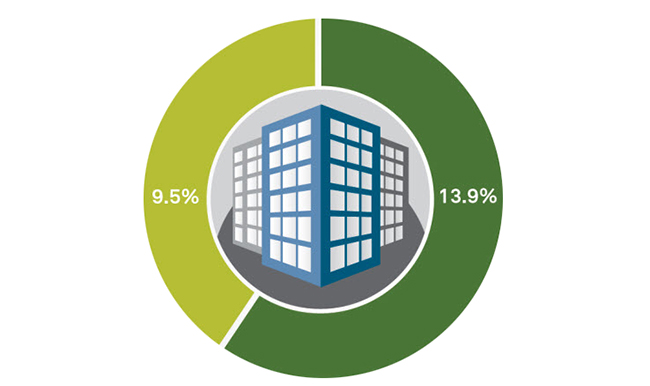

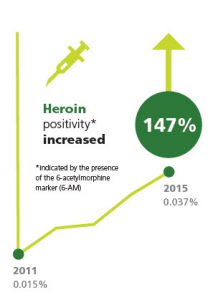




Our ongoing By the Numbers series takes a closer look at the numbers, facts, and data that impact workplace drug testing programs. This week, we examine one of the most frequently asked questions we receive as a laboratory: how long can drugs be detected using a drug test? The answer is not simple as you might think, because each drug test type has a different drug detection window.
In our industry, we call the time period from when a drug is taken to when there is no longer evidence of drug use in a specimen (i.e. the drug test is no longer positive) the drug detection window or detection time frame. The length of time a drug is detectable in the human body depends on factors such as the specific drug, usage patterns (e.g., dose and frequency), individual biological variability, and cutoff. For that reason, we provide general guidelines, or estimations, for the detection windows of the most trusted and prevalent workplace drug testing specimen types—urine, oral fluid, and hair.
The specific goals of your workplace drug testing program and the duties of your employees determine if your organization screens for both very recent drug use and longer term patterns of repetitive use. When various test types are used in combination with each other, employers can deploy a more comprehensive screening of job applicants and employees for both very recent drug use and longer term patterns of repetitive use. Ultimately, this versatility adds effectiveness to the program because the employer selects what solutions match their distinct situations, specific needs, and reasons for testing.
Download our Guide to Establishing a Workplace Drug Testing Program.
To learn more about drug testing, visit our website.